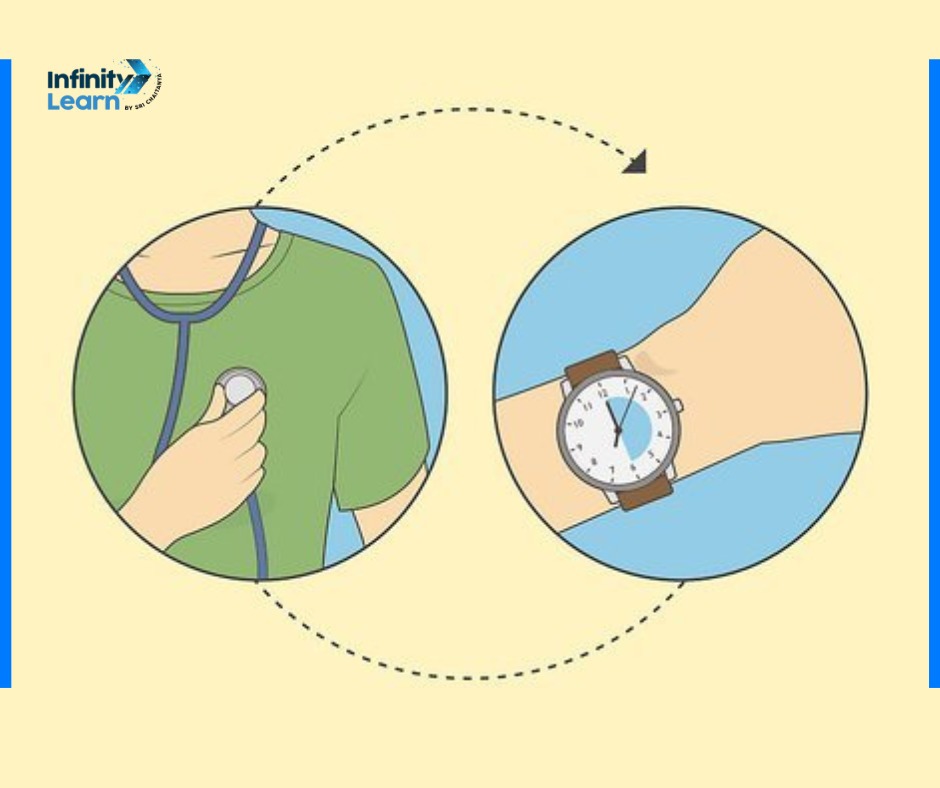Table of Contents
Understanding the fundamental processes of human physiology, such as heartbeat and respiration, is crucial for various fields like medical research, education, and personal interest. Explore this information for understand how to measure a heartbeat and how people breathe in and out, providing a comprehensive overview of these essential physiological processes.
What is a Heartbeat?
A heartbeat, also known as a pulse, is the rhythmic contraction and expansion of the heart, which pumps blood throughout the body. It is a vital sign that indicates the Human heart’s function and overall health.

Methods to Measure Heartbeat
There are several methods to measure a heartbeat:
| Method | Description | Accuracy |
| Pulse Check | Locate the radial artery on the thumb side of the wrist. Place your index and middle fingers on the artery, feeling for the pulse. Count the number of beats in 15 seconds and multiply by 4 to get the beats per minute (bpm). | High |
| Stethoscope | Use a stethoscope to listen to the heartbeat. Place the bell of the stethoscope on the chest, just above the nipple line. The heartbeat will be audible as a series of “lub-dub” sounds. | High |
| Electrocardiogram (ECG) | An ECG is a non-invasive test that records the electrical activity of the heart. It provides a detailed view of the heartbeat, including the rhythm, rate, and any abnormalities. | High |
How People Breathe In and Out?
Breathing is a fundamental process that sustains life. It involves the inhalation of oxygen and the exhalation of carbon dioxide. The diaphragm and other muscles control the movement of air in and out of the lungs. Understanding how people breathe is crucial for maintaining good health and diagnosing respiratory issues.
The Process of Breathing
Breathing is the process by which the body takes in oxygen and releases carbon dioxide. It involves the movement of air in and out of the lungs, which is controlled by the diaphragm and other muscles.
- Inhalation: The diaphragm contracts and the rib cage expands, allowing air to enter the lungs.
- Exhalation: The diaphragm relaxes and the rib cage descends, allowing air to leave the lungs.
What is Respiration?
Respiration is the process by which the body takes in oxygen and releases carbon dioxide. It involves the movement of air in and out of the lungs, which is controlled by the diaphragm and other muscles.
How to Observing Respiration
- Watch the Chest: Observe the rise and fall of the chest as a person breathes in and out. The chest should expand during inhalation and contract during exhalation.
- Feel the Air: Place your hand on the person’s chest or back to feel the air moving in and out. The sensation should be gentle and rhythmic.
- Count the Breaths: Count the number of breaths per minute (bpm) by observing the chest movement or feeling the air. A normal breathing rate is between 12 and 20 bpm.
The Relation Between Heartbeat and Breathing
The heartbeat and breathing are closely linked. The heartbeat influences the breathing rate, and vice versa. For example:
- Tachycardia (rapid heartbeat) can lead to rapid breathing.
- Bradycardia (slow heartbeat) can lead to slow breathing.
Additional Tips
- Practice Regularly: Regularly practice measuring a heartbeat and observing respiration to improve your skills.
- Consult a Professional: If you have any concerns about your heartbeat or breathing, consult a medical professional for guidance.
Conclusion
Understanding how to measure a heartbeat and observe respiration is essential for various purposes, including medical research, educational purposes, and personal interest. By using the methods outlined above, you can gain a deeper appreciation for the intricate processes that govern human physiology and maintain overall health.
Measure a Heartbeat FAQs
How do you measure your breathing?
To measure your breathing, simply count the number of breaths you take in one minute. Pay attention to how many times your chest rises during that time. This is usually done when you are resting. Your breathing rate may go up if you have a fever, are sick, or have other health issues.
What is used to check your heartbeat and breathing?
Doctors use a special tool called a stethoscope to listen to your heart and lungs and make sure they are working well. They place a small metal part of the stethoscope, called a bell, on your chest where you can feel your heart beating.
How can you measure a heartbeat?
Count beats on your wrist for 15 seconds and multiply by 4, use a stethoscope on your chest, or get an ECG to record electrical heart activity.
How do you check your pulse and breathing?
Count beats on your wrist to check your pulse, and count chest rises in one minute to check your breathing.








